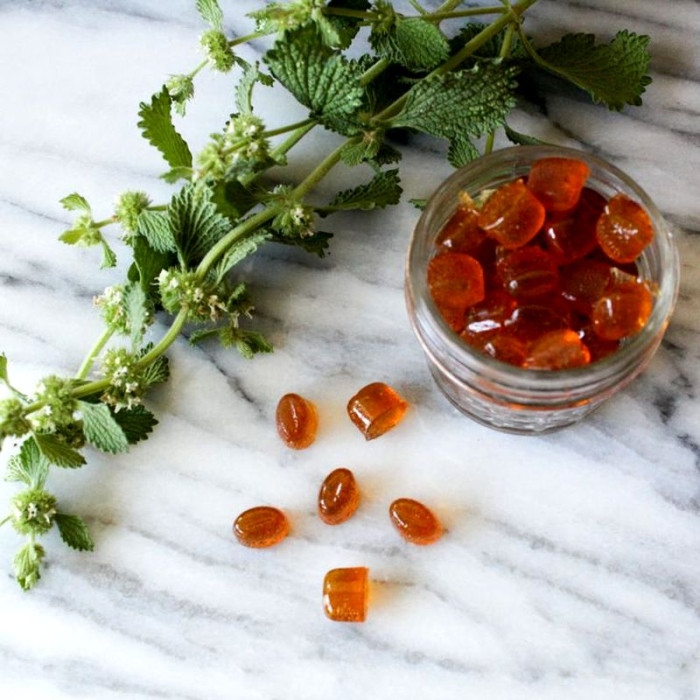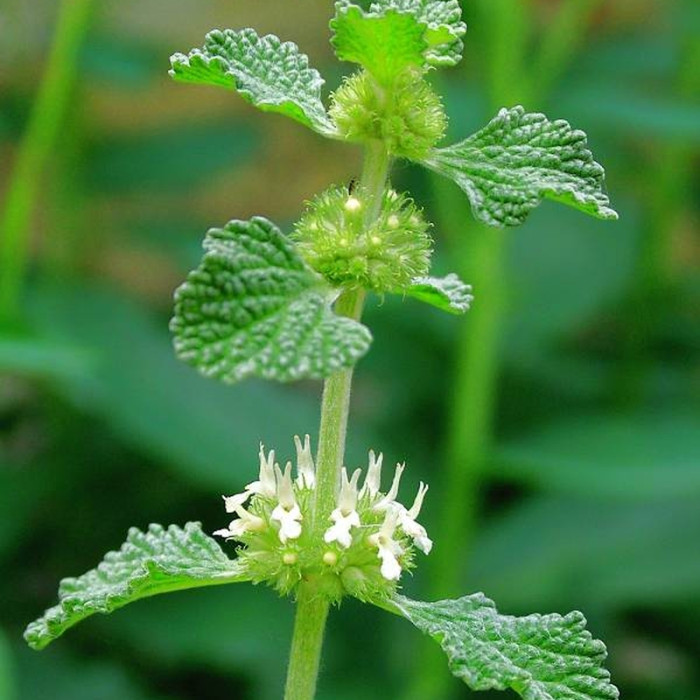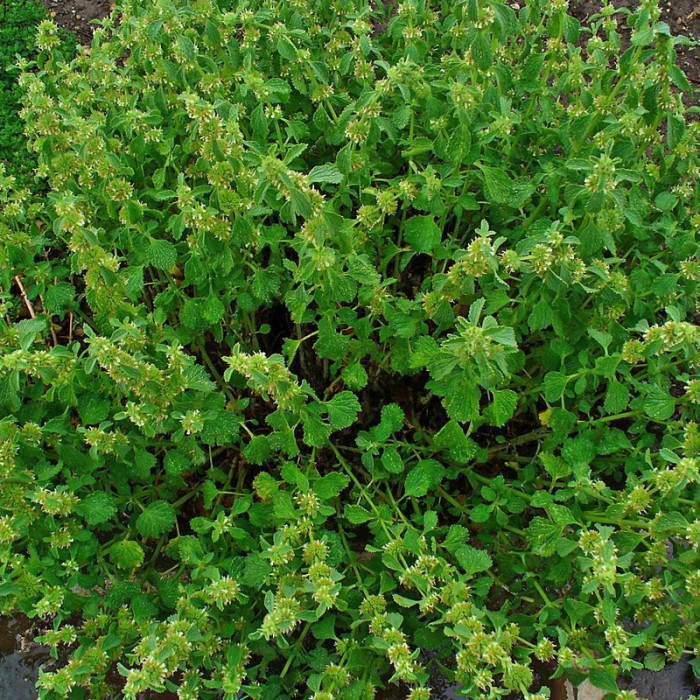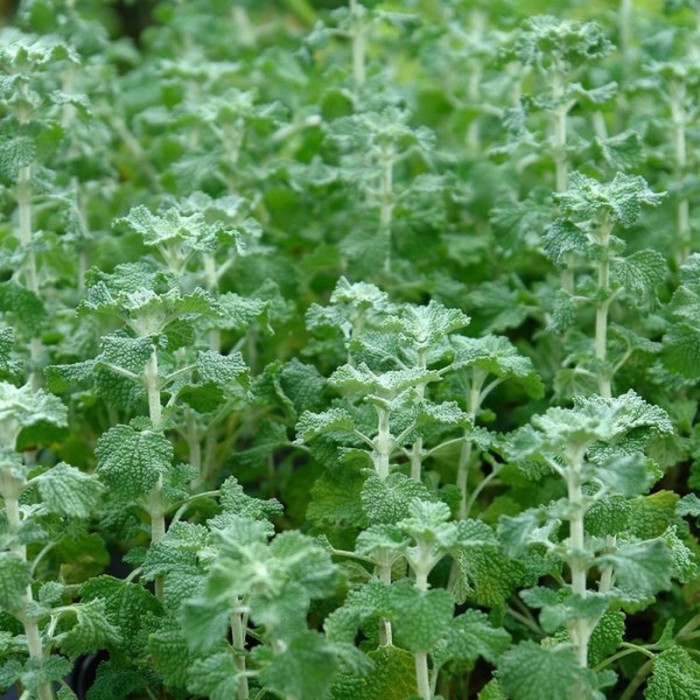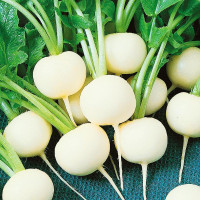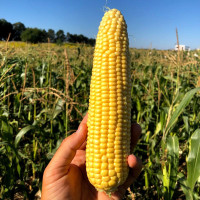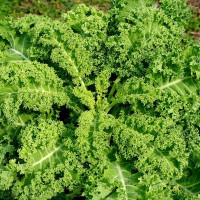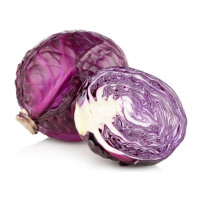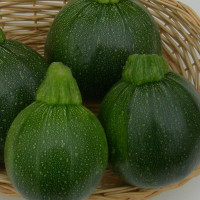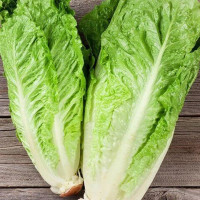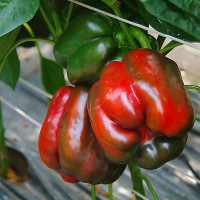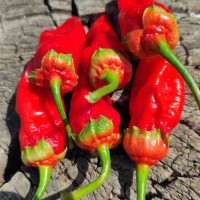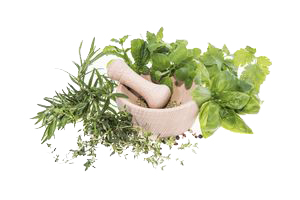Horehound common / Marrubium vulgare
Genus of perennial, rarely annual plants of the Lamiaceae family. Shandra is a perennial plant of the labiate family, 30-60 cm high, with a fluffy tetrahedral stem. The flowers are small - pink, purple, white, yellowish - collected in dense false whorls in the axils of the upper leaves.
Shandra blooms from the end of June to August, the duration of flowering is 40-45 days. Flowering begins in the second year of life. Bees visit shandra well. Nectar is very sugary, transparent, colorless, odorous, easily accessible to bees. Especially a lot of nectar is released during the period of full disclosure of anthers.
Shandrovy honey is of high quality, unusually fragrant. Even a relatively small admixture of it with other honeys gives the latter an exceptionally pleasant smell.
The more bees there are on your site, the more fruitful your vegetables will be!
The plant contains tannins and resinous substances, essential oil (up to 0.06%), bitter substances marrubin and marrubiin, mineral salts. The essential oil has a pleasant smell, the presence of azulene gives it a blue color. The seeds contain 26.35% fatty oil.
The aerial part of the plant is suitable for use in the alcoholic beverage industry and brewing.
Pharmacological tests have established that plant preparations regulate cardiac activity (eliminate extrasystole).
In folk medicine, the plant was used for bronchial asthma, whooping cough, catarrh of the upper respiratory tract, as an appetite enhancer, sedative, for heart weakness and arrhythmias, jaundice, malaria, and urolithiasis.
Black paint can be obtained from the above-ground part of the plant.
The plant is propagated by seeds and cuttings. Seeds are sown in open ground in spring, cuttings are cut and planted in summer.

No questions about this product, be the first and ask your question.


